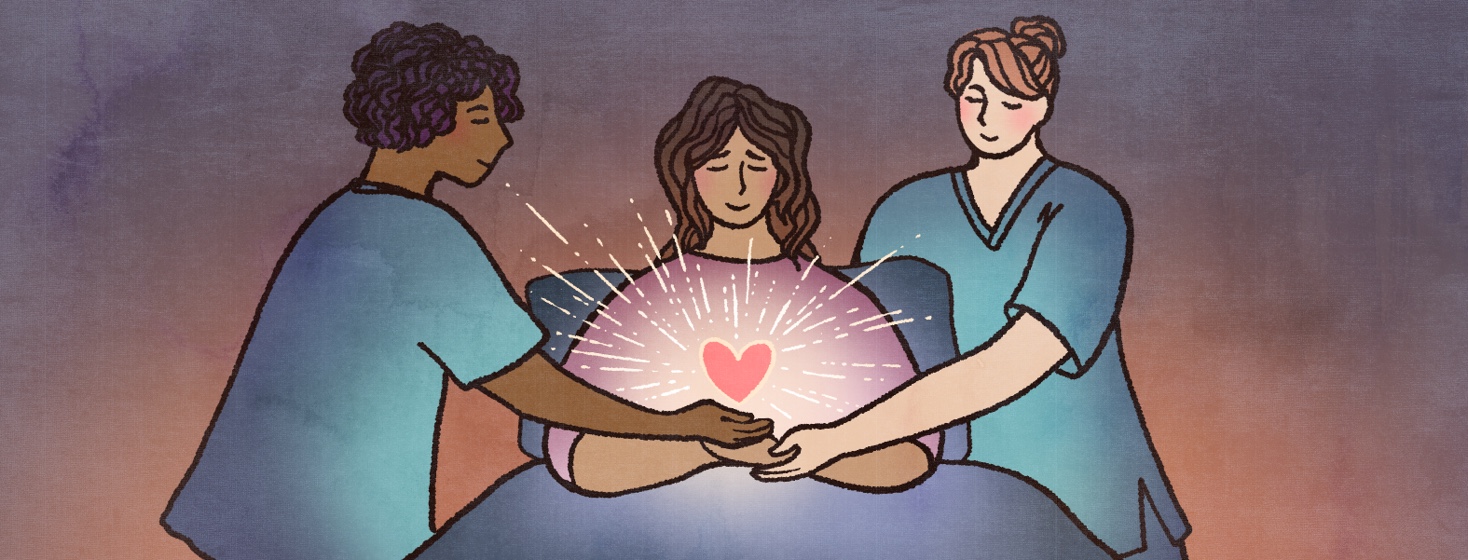Palliative Care? Hospice? There Is A Difference
Palliative care can be scary to those with cancer or other serious conditions. I used to associate palliative care (PC) with end-of-life (EOL) or hospice until I needed it after being diagnosed with metastatic breast cancer.
The confusion with hospice
Hospice is about comfort care when treatment options are exhausted or will do more harm than good. Typically, patients have six months or less of life remaining. Hospice doesn't extend life; instead, hospice manages pain and can enable patients to die peacefully, whether it be at home or in a medical facility.
Palliative care is about improving quality of life (QOL) and, in many cases extending life. There are different aspects of PC patients can access. Some of those include managing side effects, improving mental health, support to caregivers/family members, financial help, and even spiritual support.
Studies have shown that patients that receive PC early in their diagnosis better tolerate treatment and live longer. In addition, not feeling well physically significantly impacts mental health.1
Unlike other aspects of a patient's treatment plan, PC is tailored to the patient's specific needs when needed. It can also continue even after active treatment has ended.1
Expanding palliative care
Unfortunately, palliative care isn't always available for the patients that need it. In addition, budgetary issues impact the need for additional clinicians.2,3
A lack of funding for specific academic programs has led to a general shortage of qualified professionals. The inability to access PC due to socio-economic disparities is also a big problem.2,3
Patients don't always take advantage of the benefits PC offers. There can be a misunderstanding of what it is (QOL vs. EOL), as I had, misconceptions that increased access to pain management will lead to abuse or dependency.
Treating MBC and the whole person
I found myself in the hospital in 2014 with pain I could not control. That pain impacted my ability to breathe. The extensive testing couldn't pinpoint a specific reason for the pain. Finally, my oncologist introduced me to palliative care.
The clinician was able to get my pain under control after a lengthy consultation. She ensured I wouldn't interact with other medications I was taking. If my doctors add a new drug or a side effect manifests, I can count on clinicians to assist my oncologist with my care.
Since then, I have utilized specific aspects of PC to improve my mental health, received my medical marijuana card, and talked to a psychologist when I feel overwhelmed. It's one of the many reasons I am still living my best life.

Join the conversation